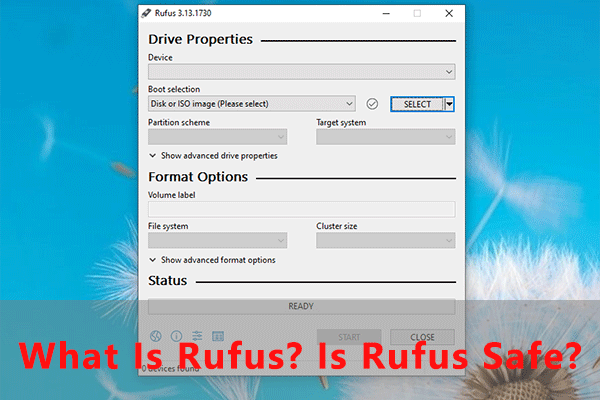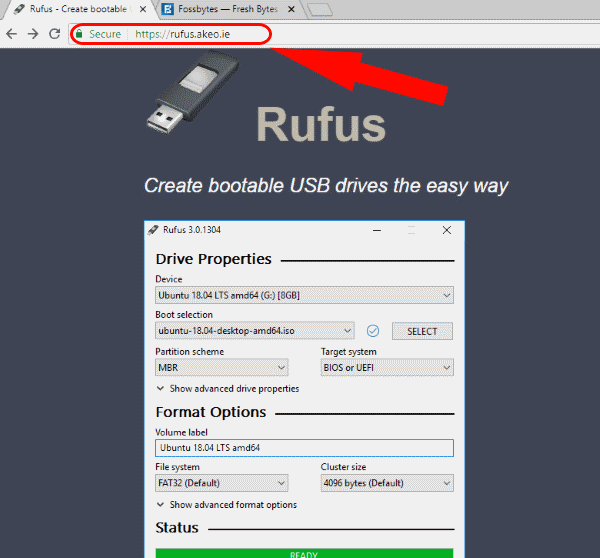

- #Create bootable usb windows 7 rufus freedos manual
- #Create bootable usb windows 7 rufus freedos full
- #Create bootable usb windows 7 rufus freedos windows 10
- #Create bootable usb windows 7 rufus freedos iso

#Create bootable usb windows 7 rufus freedos full
#Create bootable usb windows 7 rufus freedos manual
As commented in #1877, see if we can switch to delay loading for MinGW to avoid the hassle of manual DLL hooking to prevent side loading.This may avoid people still managing to lose data because they've selected the wrong device. Add an extra warning message (with countdown until OK becomes enabled) if we detected multiple devices and the user didn't select the smaller one.Figure out the best way to have translators add translations to the Windows Store listings.Likewise, it might be worth exploring using CreateVirtualDisk() for the Save to VHD operation, so that we can propose.vhdx images for DD mode? Or we may be better of with CreateVirtualDisk() altogether with VIRTUAL_DISK_ACCESS_SURFACE_RO and CREATE_VIRTUAL_DISK_FLAG_PREVENT_WRITES_TO_SOURCE_DISK, if this grants us access to virtual physical sectors. Since we already have AttachVirtualDisk() for Windows 8 or later, can we use this to add support for.Speed up save to VHD by switching to async I/O.This topic is flagged as INTERNAL and is therefore NOT open for comments. ISO: en_windows_7_ultimate_with_sp1_圆4_dvd_618240.iso Name of tool (1) Tests carried out with a 16 GB USB 3.0 ADATA pen drive on a Core 2 duo/4 GB RAM platform running Windows 7 圆4. Please use the GitHub issue tracker for reporting problems or suggesting new features. Rufus provides extensive information about what it is doing, either through its easily accessible log, or through the Windows debug facility. As per the Visual Studio Community Edition license, this applies regardless of whether you are an individual or a corporate user. You are entitled to download and use the freely available Visual Studio Community Edition to build, run or develop for Rufus. Rufus is an OSI compliant Open Source project. Use either Visual Studio 2019 (version 16.0 or later with SDK 2 installed) or MinGW and then invoke the. Modern and familiar UI, with 38 languages natively supported.Perform bad blocks checks, including detection of "fake" flash drives.
#Create bootable usb windows 7 rufus freedos iso
Twice as fast as Microsoft's USB/DVD tool or UNetbootin, on ISO → USB creation (1).Compute MD5, SHA-1 and SHA-256 checksums of the selected image.
#Create bootable usb windows 7 rufus freedos windows 10


 0 kommentar(er)
0 kommentar(er)
